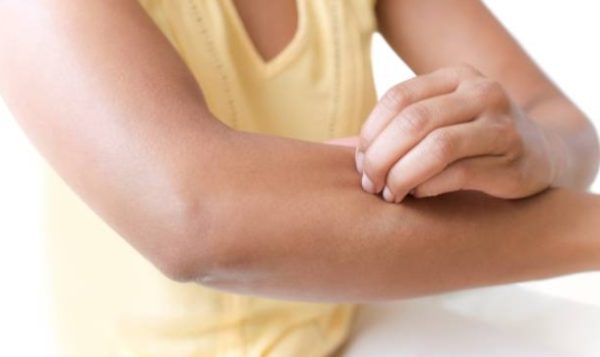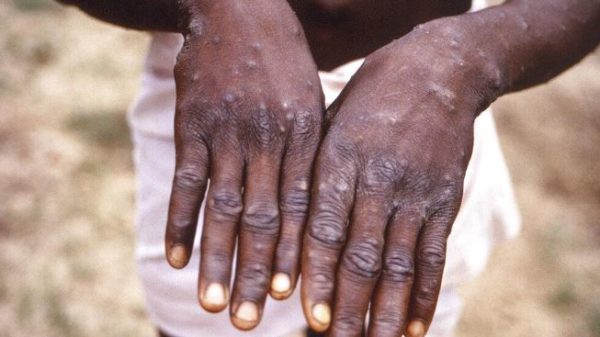Lifestyle
Monkeypox vs. Chickenpox: How to differentiate between the two

The World Health Organisation (WHO) on Saturday declared monkeypox a ‘global health emergency’ due to the rising number of cases worldwide.
Amid increasing chaos and concern, it is important to know what monkeypox is and how it differs from chickenpox, which is said to be somewhat similar to the illness.
What is Monkeypox vs. Chickenpox?
Monkeypox is an illness caused by the monkeypox virus, which belongs to the Orthopoxvirus genus in the family Poxviridae, whereas Chickenpox is caused by the varicella-zoster virus, which also causes shingles.
Both these viruses have the potential to spread through close contact, through respiratory droplets and/or through direct contact with skin lesions.
It is to note that while chickenpox is extremely common and contagious, monkeypox is a rare occurrence and does not spread as easily.
Fever may be a common symptom, but time of occurrence may differ
Monkeypox and chickenpox may cause mild illness and with the right treatment, the disease might get cured over time.
Some of the common symptoms include: fever, headache, muscle aches, backache, chills and exhaustion.
Since fever is a common symptom, the time of onset may differ in monkeypox and chickenpox.
While fever with monkeypox may arise 1-5 days before rash appearance, which is another common symptom of both monkeypox and chickenpox, fever associated with the latter may appear 1-2 days before rash.
Difference in incubation period
According to the US Centers for Disease Control and Prevention (CDC), the incubation period for monkeypox can go from 7 to 14 days, while symptoms of chickenpox can take upto 16 days to appear.
One key difference in symptoms
While most initial symptoms of monkeypox coincide with chickenpox, one distinctive feature of the former is swollen lymph nodes, which do not occur with chickenpox.
According to the Mayo Clinic, swollen lymph nodes usually occur as a result of infection from bacteria or viruses. Generally, the lymph glands play an essential role in fighting off infections.
How different is monkeypox-related rash to chickenpox rash
Rash is a common symptom in both monkeypox and chickenpox infection.
While monkeypox-related rash usually occurs within one to three days of a fever, chickenpox rash starts to appear 1 to 2 days after the fever.
Often monkeypox rash starts on the face and spreads to other parts of the body, including palms and soles. First it develops into papules and fluid filled pustules and then takes the form of a scab and falls off.
Chickenpox rash is an itchy, blister-like rash, which first appears on the check, back and the face. Then it spreads over the entire body, except on the palms and soles.
Ways to prevent the spread
Monkey and chickenpox can be spread through close contact, either through direct contact with skin lesions or through respiratory droplets.
That said, coming in close contact with someone infected with the viruses must be avoided. Additionally, any clothing or bedding of the infected individual must be kept away from people.
In case of monkeypox, the CDC recommends washing your hands often with soap and water or using an alcohol-based hand sanitizer.
The best way to prevent chickenpox is by getting a chickenpox vaccine. Two doses of the vaccine are important for everyone, who have never had chickenpox or were never vaccinated.










